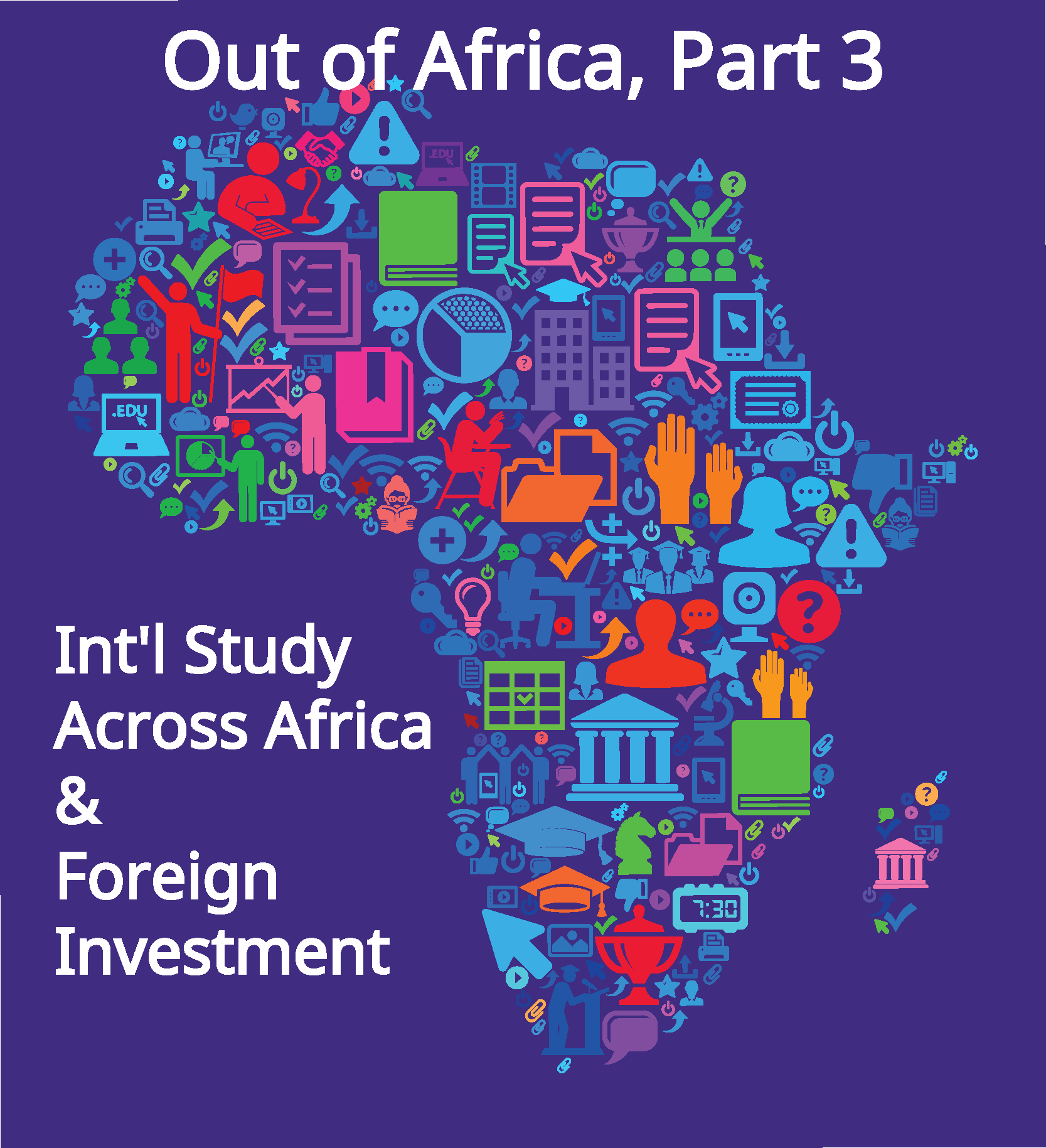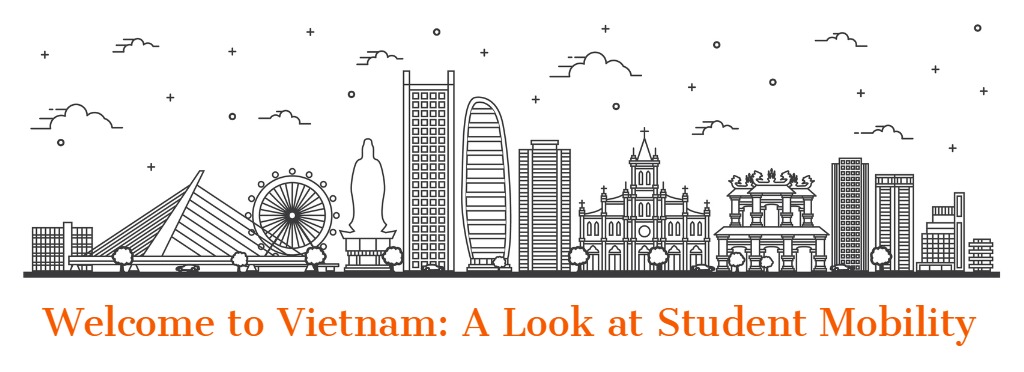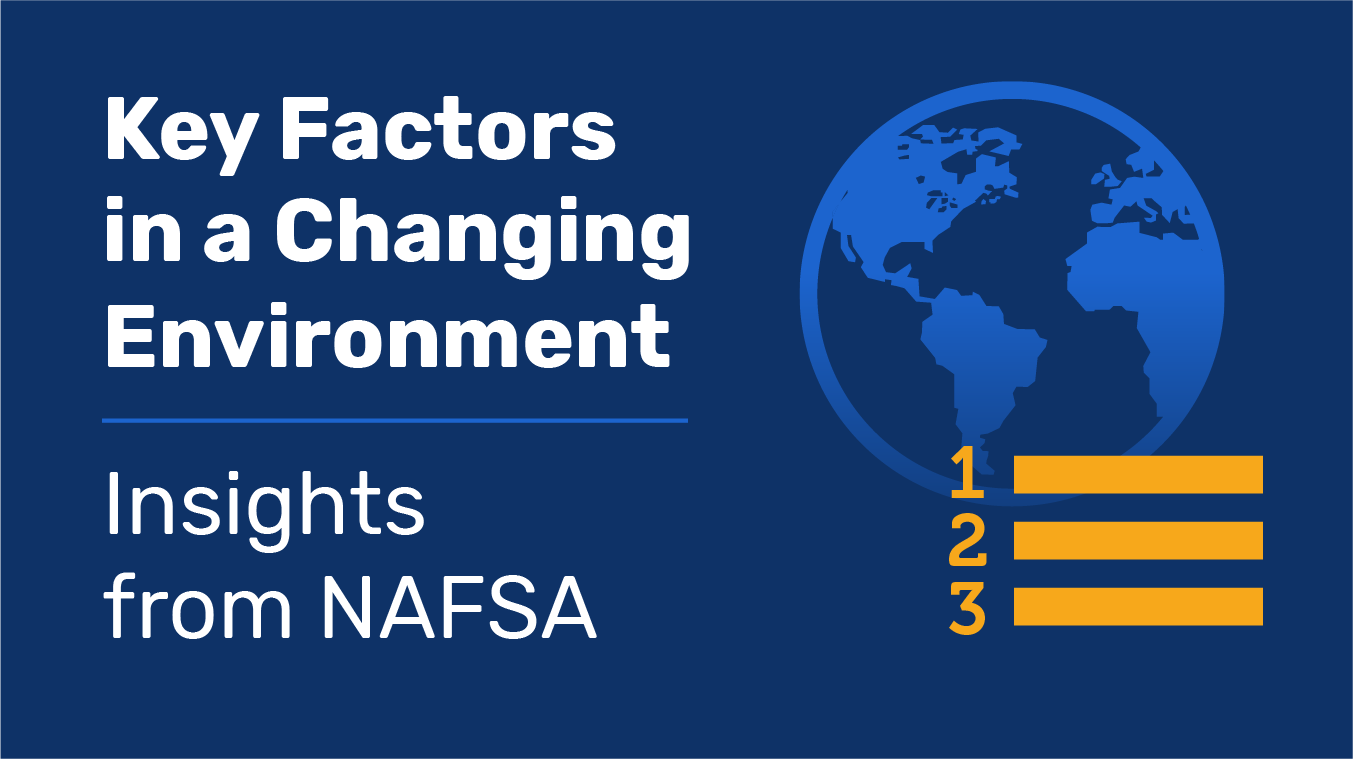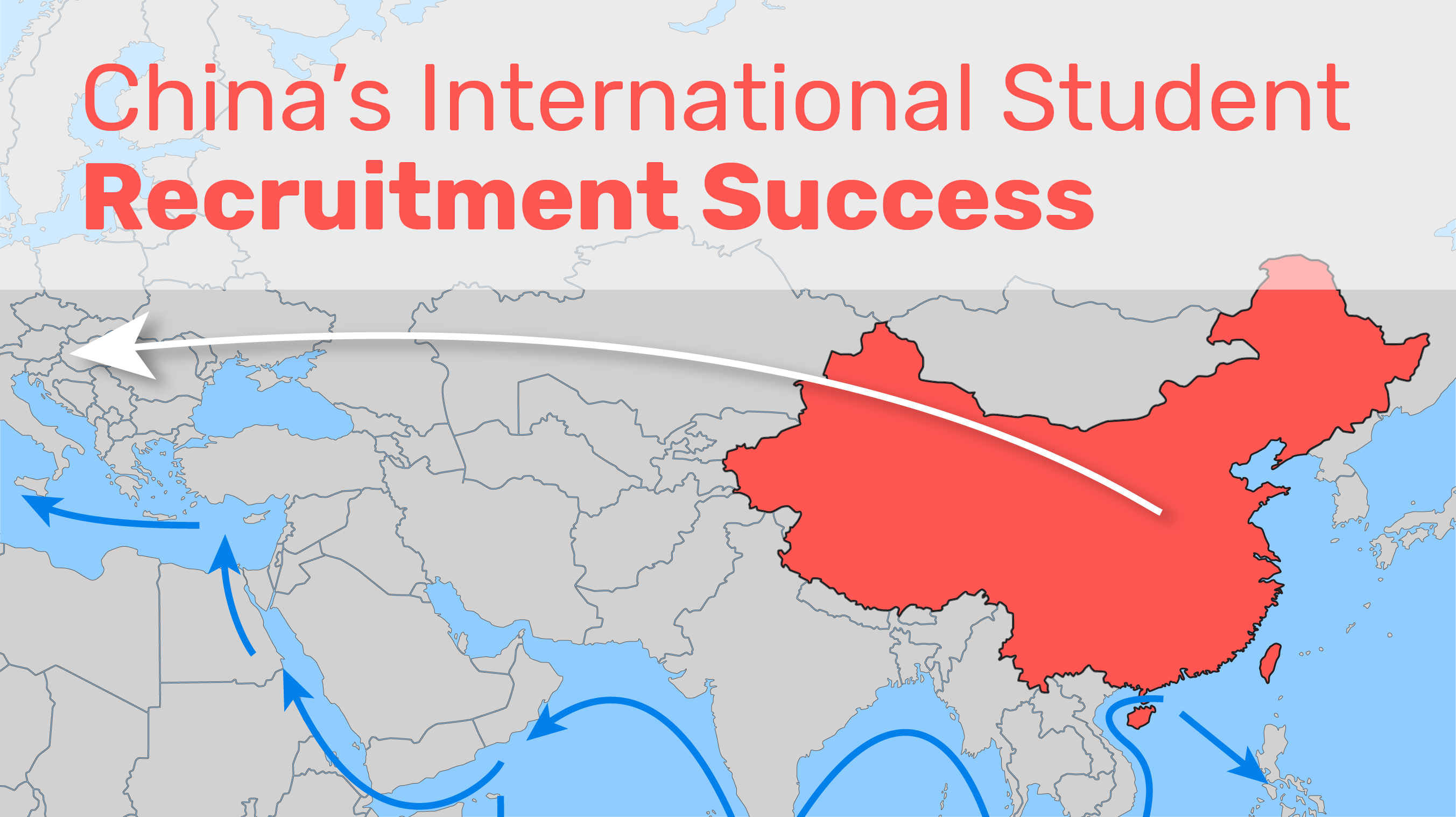This is our third and final installment in our series about international student recruitment opportunities in Africa. In case you haven’t been with us since the beginning, Part 1 was about the emerging online learning opportunities in Africa, and Part 2 was about African student mobility and study in the U.S.
This week, we are focusing on international study within the continent and how some countries are trying to harness that student mobility for their own gain. With any marketing plan it is always important to understand the larger environment and other consumer options.
Our Intead Plus BookShelf Subscription gives you access to our Global Marketing Worksheets helping you plan your approach to entering any new region or market. We use these worksheets when giving our workshops at various conferences to help you create realistic budgets and timelines, targeted messaging and overall marketing plans.
As we noted in Parts 1 & 2 of this series, foreign investment and economies are on the rise in Africa, along with the population. The continent is expected to have 2.8 billion people by 2060, roughly 40 percent of the world’s total.
Those people will need to be educated, and the rise in demand for tertiary education has begun. The sub-Saharan enrollment from 1970-2013 grew 4.3 percent annually, as compared to the global average of 2.8 percent, according to the World Bank.
Many African students are turning to universities outside of their home countries—and many of them are still staying within the continent. Let’s look at what is going on and what you need to know about China and India before you start recruiting from Africa…
(Read on)
Read More

%201.png)



